I've been learning/experimenting with React hooks. When I go to inspect the values of the current state of a component using React DevTools in Chrome, I see the state fine, but the actual 'fields' -- that is, the state variables that are being updated by the individual useState hooks -- don't have any name associated with them. Instead, I see, for example, several strings, a couple of booleans, etc. I can generally figure out what's going on, but this seems problematic -- I'd like to be able to see which what the state variable's name is.
For instance, if I have something like
const [doughnuts, setDoughnuts] = useState(24)
When I look in React DevTools I'd like to see something like `doughnuts: number : 24', instead of just 'number: 24'.
Am I missing some setting somewhere, or some technique to turn on this ability?


